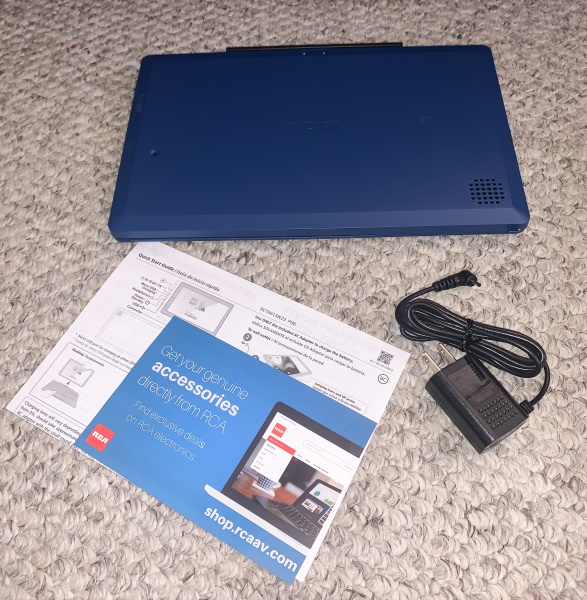
Even on systems with extensive EBCDIC support, it has not been popular.

There is an EBCDIC-oriented Unicode Transformation Format called UTF-EBCDIC proposed by the Unicode consortium, designed to allow easy updating of EBCDIC software to handle Unicode, but not intended to be used in open interchange environments. Software and many hardware peripherals can translate to and from encodings, and modern mainframes (such as IBM Z) include processor instructions, at the hardware level, to accelerate translation between character sets. The System/360 became wildly successful, together with clones such as RCA Spectra 70, ICL System 4, and Fujitsu FACOM, thus so did EBCDIC.Īll IBM mainframe and midrange peripherals and operating systems use EBCDIC as their inherent encoding (with toleration for ASCII, for example, ISPF in z/OS can browse and edit both EBCDIC and ASCII encoded files). While IBM was a chief proponent of the ASCII standardization committee, the company did not have time to prepare ASCII peripherals (such as card punch machines) to ship with its System/360 computers, so the company settled on EBCDIC. The distinct encoding of 's' and 'S' (using position 2 instead of 1) was maintained from punched cards where it was desirable not to have hole punches too close to each other to ensure the integrity of the physical card.

It was created to extend the existing Binary-Coded Decimal (BCD) Interchange Code, or BCDIC, which itself was devised as an efficient means of encoding the two zone and number punches on punched cards into six bits. It is an eight-bit character encoding, developed separately from the seven-bit ASCII encoding scheme. Contrast at the top is enhanced to show the printed characters.ĮBCDIC was devised in 19 by IBM and was announced with the release of the IBM System/360 line of mainframe computers.

Punched card with the Hollerith encoding of the 1964 EBCDIC character set.


 0 kommentar(er)
0 kommentar(er)
